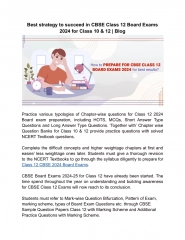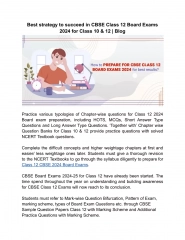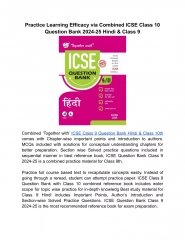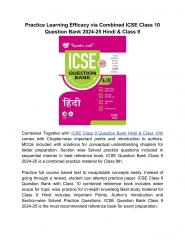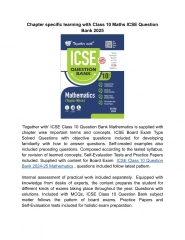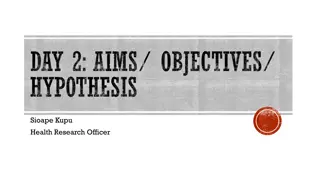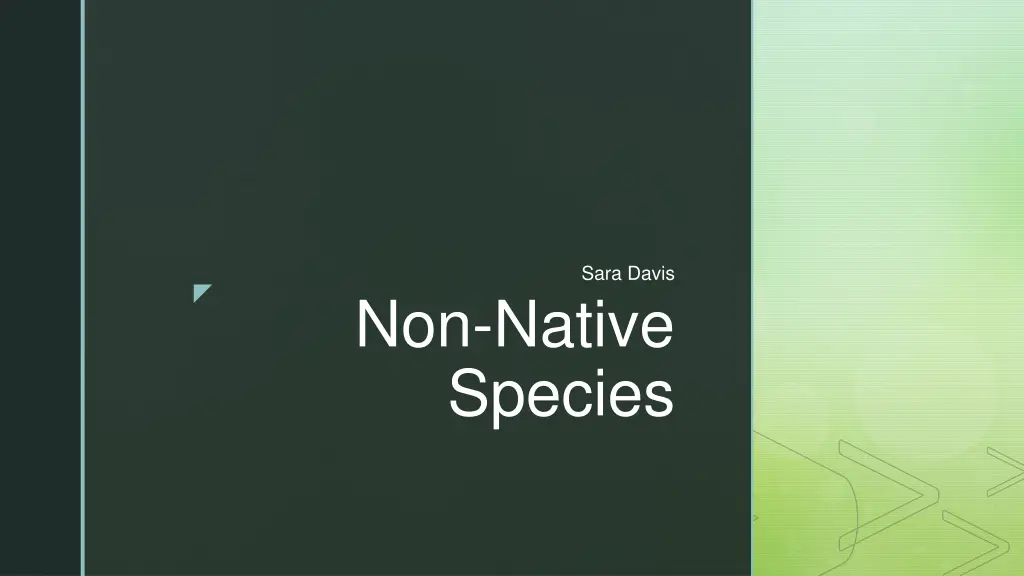
Understanding Non-Native Species and Their Impact on Ecosystems
Explore the concept of non-native species, their introduction by human activities, and the importance of educating the public to prevent ecosystem disruptions and species extinction. Dive into the history of introduced species and ways to improve public awareness for a sustainable future.
Download Presentation

Please find below an Image/Link to download the presentation.
The content on the website is provided AS IS for your information and personal use only. It may not be sold, licensed, or shared on other websites without obtaining consent from the author. If you encounter any issues during the download, it is possible that the publisher has removed the file from their server.
You are allowed to download the files provided on this website for personal or commercial use, subject to the condition that they are used lawfully. All files are the property of their respective owners.
The content on the website is provided AS IS for your information and personal use only. It may not be sold, licensed, or shared on other websites without obtaining consent from the author.
E N D
Presentation Transcript
Sara Davis Non-Native Species
What is a non-native species? A non-native species, or introduced species, is a species living outside of its natural habitat range, which has arrived in its current unnatural location by human activity.
Background 1500s first introduced species in North America: Water Lettuce 1620 Dandelion 1759 Daisy 1769 Domestic Pig 1859 Charles Darwin coins introduced species 2002 Emerald Ash Borer (baseball industry) 2014 Spotted Lantern Fly (wine/vinyards)
Research Question How can we, as a people, improve the education of the public on the issues of non-native species in the future? Related Follow Up Questions Would the public work as a people? Would wide spread education on the topic be relevant to change?
Why is it Important? We are the reason behind this invasion. If left untouched, these species will take over. No ecosystem will go untouched, leading to extinction of less competitive species. Impacts the entire food chain.
Charts http://www.dfo-mpo.gc.ca/ae-ve/evaluations/16-17/6B139-eng.html
https://ucanr.edu/blogs/blogcore/postdetail.cfm?postnum=18530
The Other Side People aren t affected and have no need to worry Lack of education Landscapers Importation companies
Methodology Primary Source Davis, Scott. Interview. a master gardener Pooley, Karen. Interview. Lehigh Sustainability Wolfe, Sue. Interview. Hawk Mountain Manager Secondary Source Barbier, Edward B., et al. "Implementing Policies to Control Invasive Plant Species." BioScience, vol. 63, 2013, pp. 132-38. Rodrigoez, Shari L., et al. "Does Education Influence Wildlife Friendly Landscaping Preferences?" Urban Ecosystems, vol. 202, Aug. 2017, pp. 489-96.
Works Cited "We Came Over on the Mayflower, Too! A Timeline of North American Invasive Species." Eat the Invaders, 20 Nov. 2013, eattheinvaders.org/we-came-over-on-the-mayflower- too/. Accessed 12 Feb. 2019. Darwin, Charles. On the Origin of Species By Means of Natural Selection. 1859. Project Gutenberg, www.gutenberg.org/files/1228/1228-h/1228-h.htm. Accessed 12 Feb. 2019.



